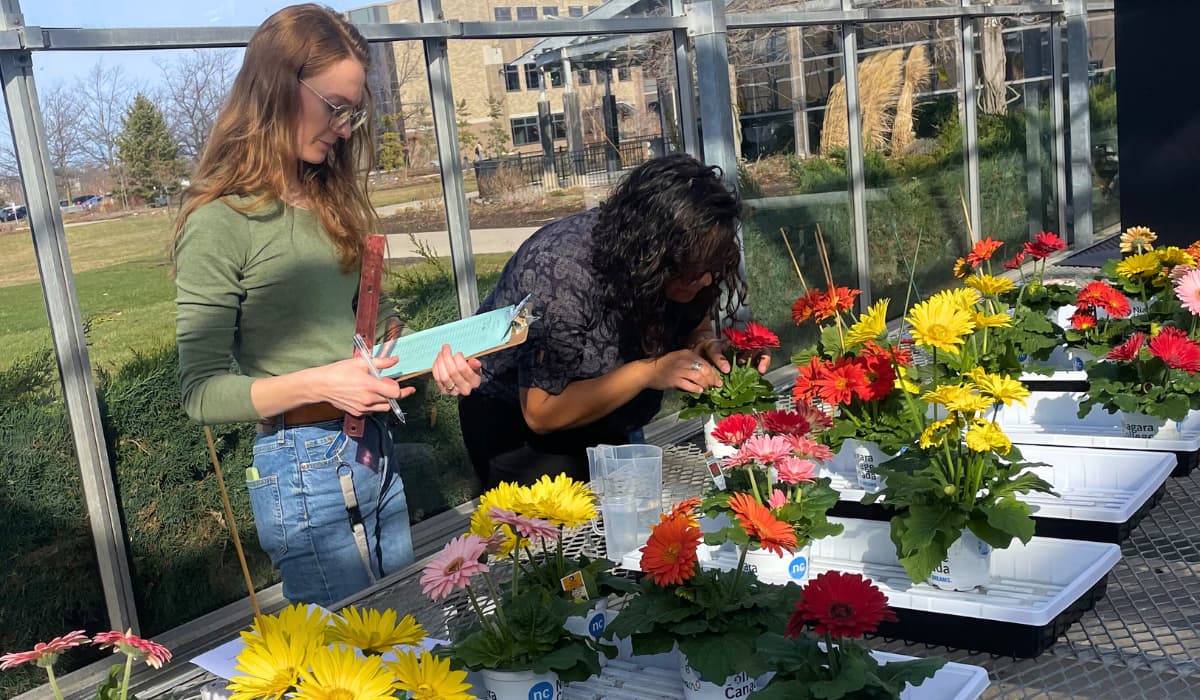OBJECTIVE
The objective of this study was to gather photo and video documentation of Cannabis sativa plants as they were subjected to boron deficiency and toxicity. The documentation will be used by GrowDoc App Inc. (GrowDoc) to improve their mobile application, which will help cannabis growers better discern nutrient deficiency and phytotoxicity.
CHALLENGE
GrowDoc’s current model has been trained on over 40,000 images of cannabis plant issues, but of those, it doesn’t have sufficient material on boron deficiency or phytotoxicity. Boron (B) is an essential micro element for plant growth. The most significant effect of B deficiency is the inhibition of root elongation, while excess B can induce the production of reactive oxygen species (ROS). Not having access to sufficient images pertaining to one specific issue means the model will not have enough data to train on that specific issue. This translates directly to an inability in diagnosing cannabis growth issues within the app. Without enough data on a particular growth issue and the training that comes with it, GrowDoc’s model will not be able to perform a correct diagnosis, which is why this project will be so useful to bridge that gap.
SOLUTION
GrowDoc partnered with the Horticultural and Environmental Sciences Innovation Centre (HESIC) at Niagara College on a course-based research project to support development of the app. To gather the data needed to inform the machine learning model, GrowDoc needed to compile a substantial amount of information on a given plant issue, meaning visual material on the symptoms produced within the plant. To take these pictures, GrowDoc needed a space equipped with all the necessary tools to grow the cannabis plants in the exact conditions that would allow for a certain growth issue, such as a deficiency/phytotoxicity, to manifest itself visually. Additionally, it required an expert team to monitor said plants during their growth and ensure they were on track and not developing additional issues that might obscure the results. The HESIC team provided the space and expertise needed. They grew the plants under specific conditions and involved course students in monitoring their growth to allow for the deficiency or phytotoxicity to manifest, to have photo and video documentation.




